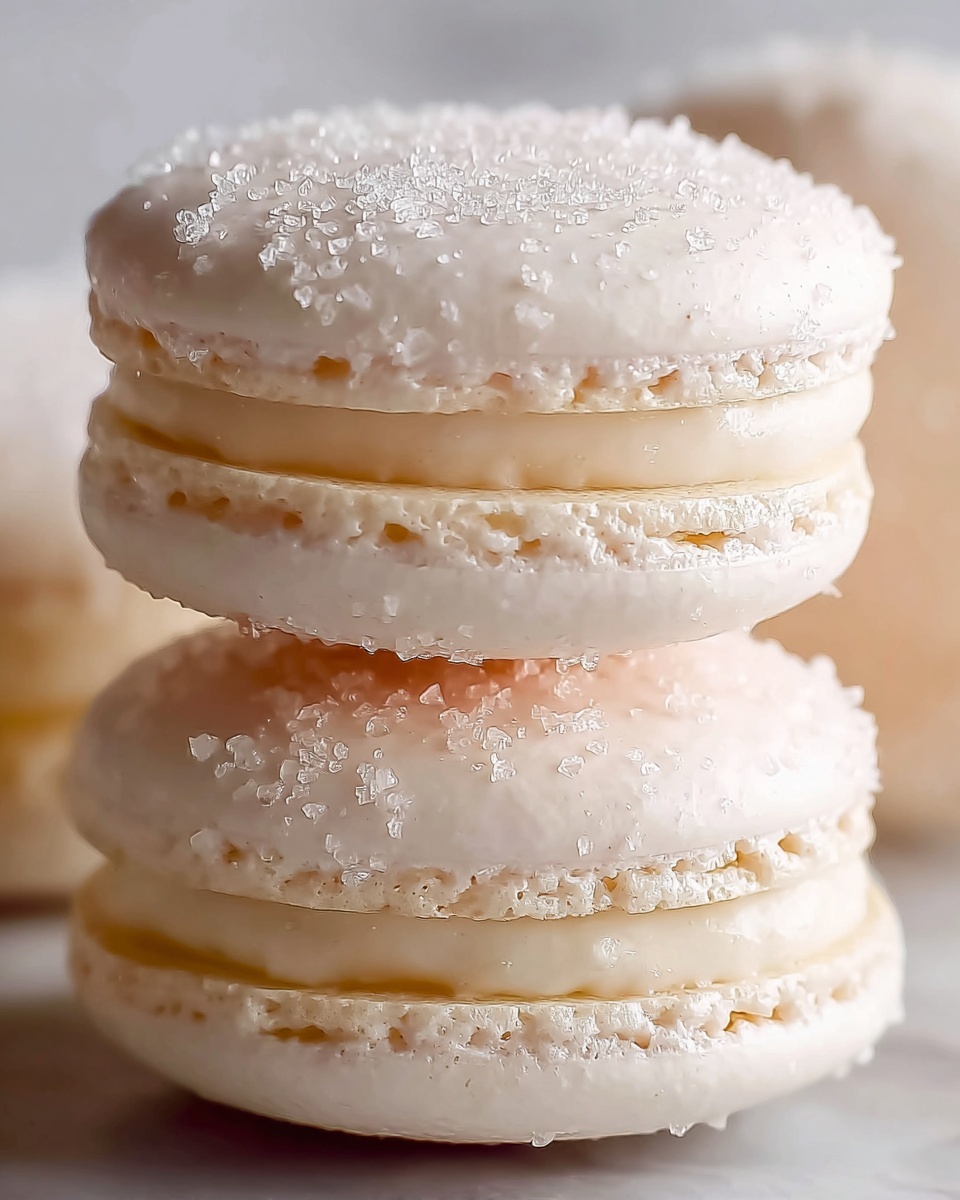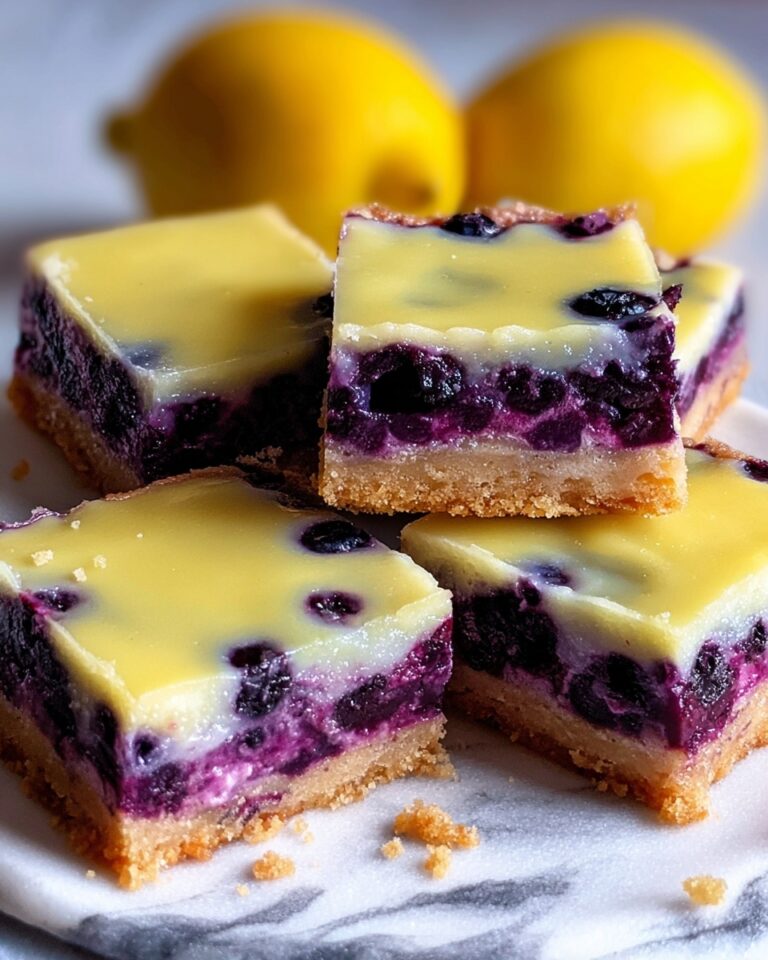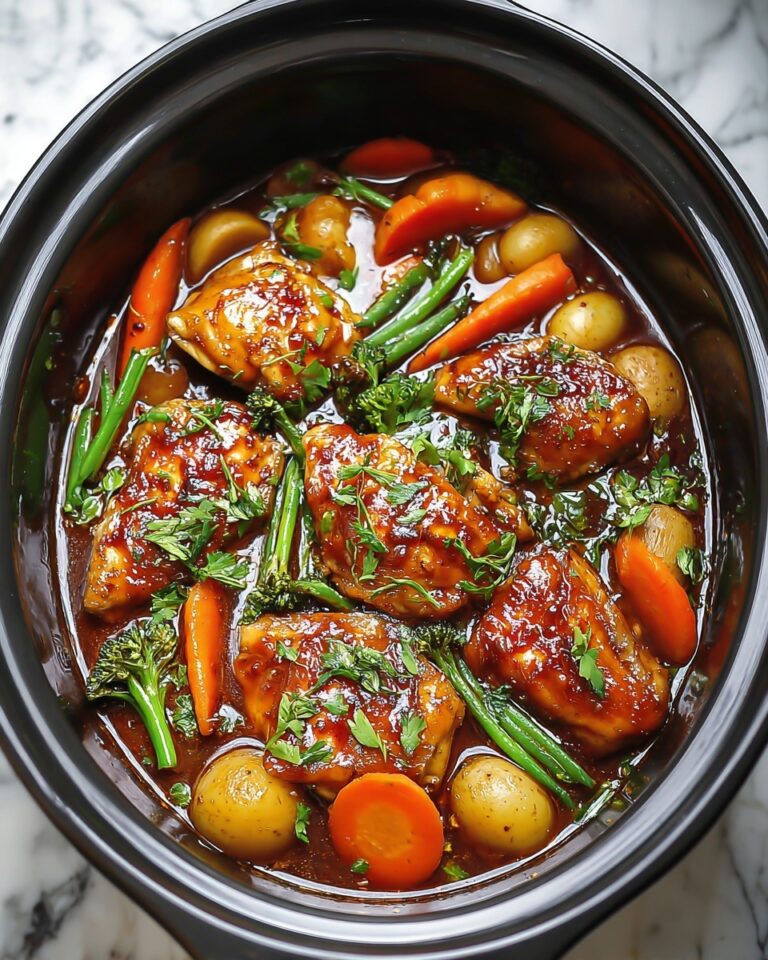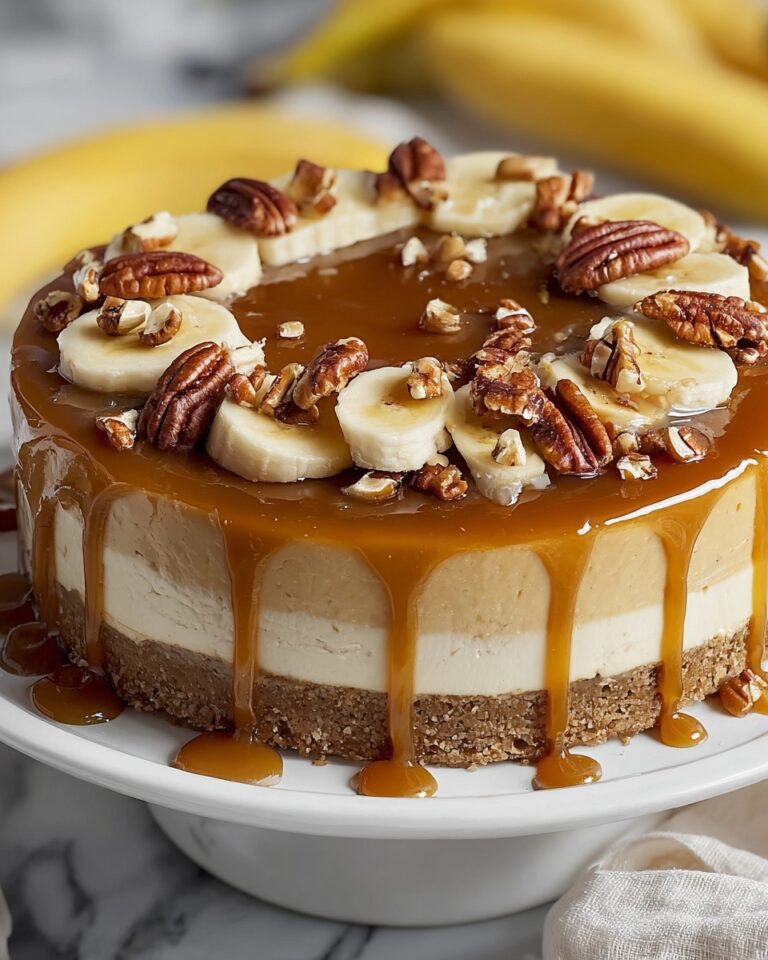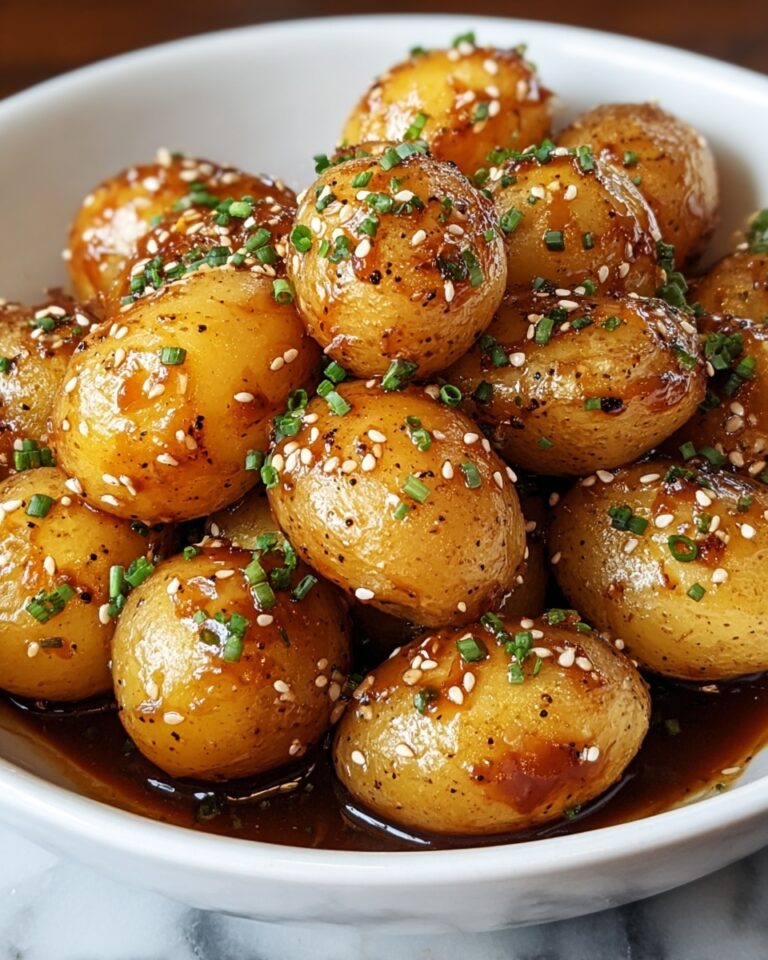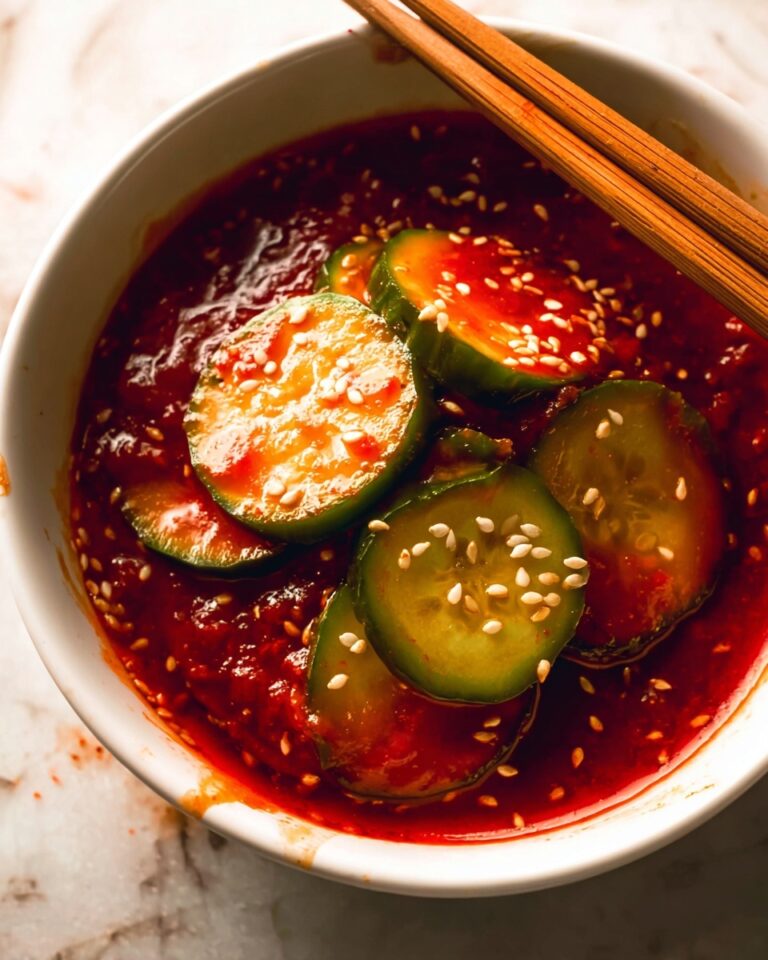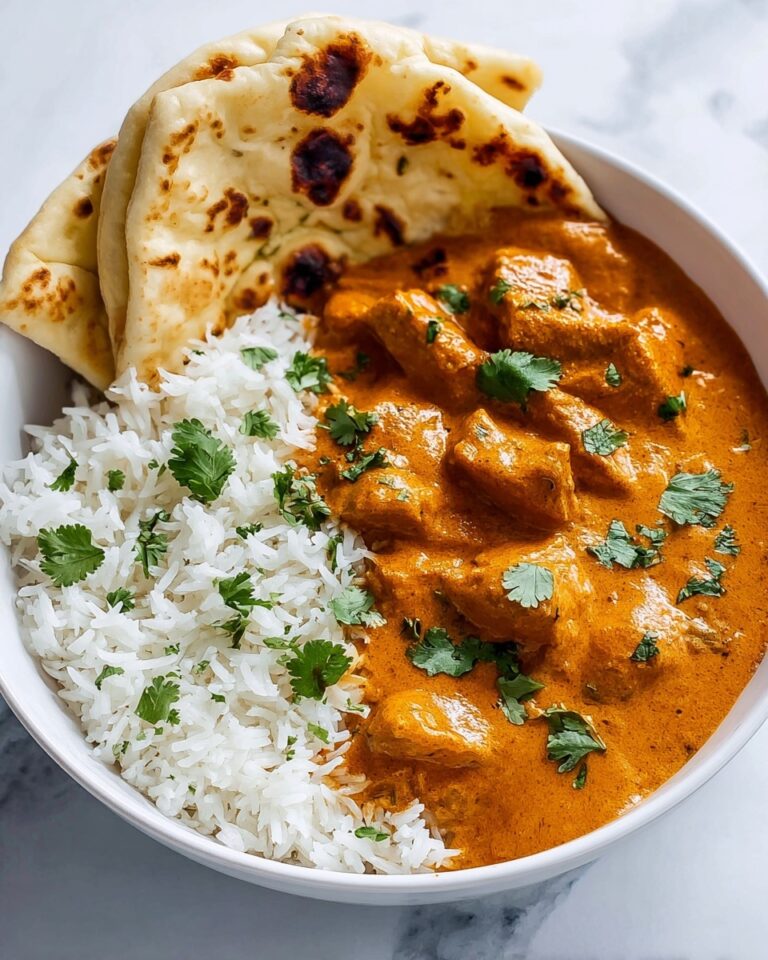If you’ve been craving a delicate, melt-in-your-mouth treat that’s completely plant-based, this Vegan Macarons Recipe is about to become your new kitchen hero. Using chickpea aquafaba as a magical egg substitute, these macarons bring all the classic texture and charm you expect from the French pastry — crisp outside with a chewy, tender center — without any animal products. The balance of ground almonds and icing sugar creates that perfect cookie base, while a flavorful vegan buttercream filling adds richness and a subtle vanilla sweetness. Whether you’re vegan, dairy-free, or just looking to try something fun and elegant, this recipe is approachable, rewarding, and absolutely delicious.
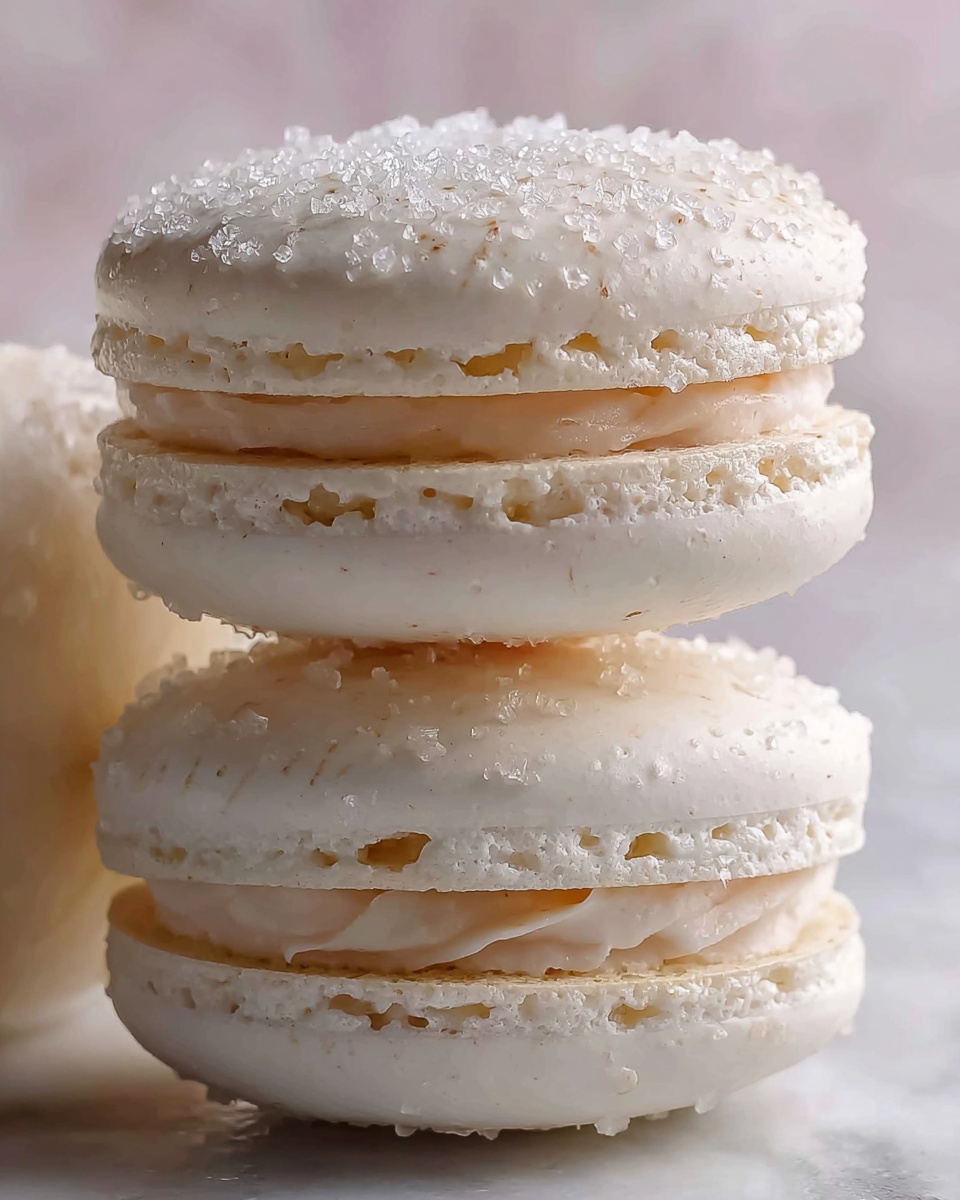
Ingredients You’ll Need
These ingredients are simple yet essential, working harmoniously to give your vegan macarons the perfect structure, sweetness, and flavor. Each component plays its part — aquafaba as your airy meringue base, ground almonds for texture, and sugars to achieve that signature crisp and chewy contrast.
- Liquid from 2 x 400g cans of chickpeas: Aquafaba is the star egg substitute, whipping up like meringue for a light and airy shell.
- ¼ teaspoon cream of tartar: Stabilizes the aquafaba foam to maintain those stiff, glossy peaks.
- 100g caster sugar (superfine sugar): Adds sweetness and helps create a stable meringue for the macaron shells.
- 100g ground almonds: Provides that essential nutty flavor and texture that define authentic macarons.
- 100g icing sugar: Sifts into the batter for fine sweetness and a smooth shell surface.
- 250g icing sugar: Used in the buttercream for a creamy, sweet filling.
- 75g vegan margarine: Adds richness and body to the filling without dairy.
- 1 teaspoon vanilla extract: Gives a warm, aromatic note to the buttercream that complements the shells beautifully.
- A splash of plant-based milk: Optional, for adjusting the filling consistency perfectly.
How to Make Vegan Macarons Recipe
Step 1: Prepare the Aquafaba
Start by pouring the liquid from the two cans of chickpeas into a medium saucepan. This aquafaba is the magic behind the vegan meringue that will give your macarons their airy lift.
Step 2: Reduce the Aquafaba
Simmer the chickpea liquid over medium heat until it reduces by half — you want about 125g left. This step intensifies the protein concentration for better whipping results.
Step 3: Chill Overnight
Once reduced, let the aquafaba cool completely, then refrigerate it in an airtight container overnight. This chilling step is crucial to help it whip up into stiff peaks more easily.
Step 4: Preheat the Oven
On baking day, preheat your oven to 150°C (300°F) or 130°C (275°F) if you have a fan oven. Accurate oven temperature ensures even cooking and prevents cracking.
Step 5: Whip the Aquafaba
Measure 100g of the chilled aquafaba and place it in a clean, grease-free bowl with the cream of tartar. Whip on high speed until it becomes frothy and pale — this is the start of your meringue.
Step 6: Add Sugar Gradually
Slowly add the caster sugar in small amounts while continuing to whip the aquafaba. Keep beating until you achieve stiff, glossy peaks that hold their shape firmly — this is key for those perfect macaron shells.
Step 7: Fold in Dry Ingredients
Sift the ground almonds and icing sugar into a separate bowl. Gently fold this mixture into your aquafaba meringue in two additions, being careful to keep as much air as possible — the batter should flow slowly like lava.
Step 8: Pipe and Rest Shells
Using a piping bag, pipe 2.5cm (1-inch) rounds onto parchment-lined baking trays. Let the shells rest for 20-30 minutes until the surface feels just dry and matte to the touch — this helps develop the signature macaron “feet” during baking.
Step 9: Bake the Macarons
Place the trays in the oven and bake for 18 minutes, rotating halfway through for even heat. The shells should feel firm and lift easily from the paper when done.
How to Serve Vegan Macarons Recipe
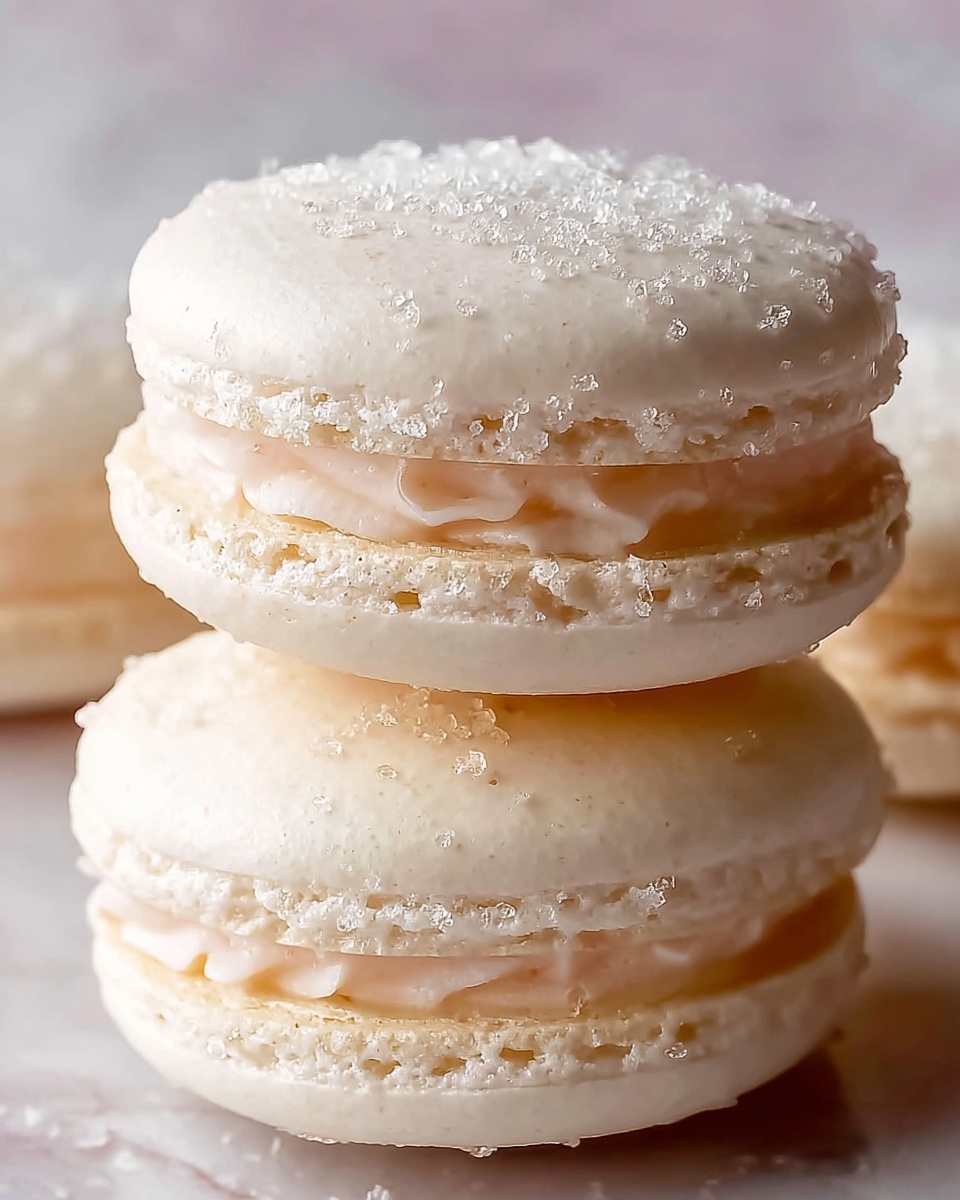
Garnishes
A light dusting of powdered sugar or edible flower petals can add a visual flourish to your vegan macarons recipe. A tiny sprinkle of crushed nuts or cocoa powder on top of the filling before sandwiching also enhances both appearance and flavor.
Side Dishes
Pairing these macarons with a cup of plant-based tea or coffee provides a cozy and elegant touch. Fresh berries or a scoop of coconut ice cream can add a refreshing counterpoint that elevates the whole experience.
Creative Ways to Present
Arrange your vegan macarons recipe in a colorful pattern on a pretty platter, or package a few in a charming box with a ribbon for gifting. You might also try filling them with flavored vegan jams or coconut cream for delightful variations.
Make Ahead and Storage
Storing Leftovers
Store any leftover vegan macarons in an airtight container at room temperature for up to 3 days. Keep them away from moisture to preserve their crisp shells and chewy centers.
Freezing
You can freeze macarons by layering them between sheets of parchment in a sealed container or bag. Freeze for up to 2 months and thaw them in the fridge overnight for best texture retention.
Reheating
Reheat your macarons gently by letting them come to room temperature before serving; avoid microwaving as it can soften the shells too much. A brief blast in a warm (not hot) oven for a few minutes can refresh their crispness if needed.
FAQs
What makes the aquafaba work as an egg substitute in this Vegan Macarons Recipe?
Aquafaba, the liquid from canned chickpeas, contains proteins and starches that mimic egg whites when whipped, creating a foamy, stable meringue essential for macarons.
Can I use a different nut flour instead of ground almonds?
Ground almonds are traditional and best for the texture and flavor, but you might try other finely ground nuts like hazelnuts. Be aware the taste and structure may slightly change.
How do I know when the macaron shells are ready to bake?
After piping, the shells should rest until they form a slight skin and no longer feel sticky or shiny on top. This usually takes 20-30 minutes and helps them develop their hallmark feet.
Why did my macarons crack or not rise properly?
Common reasons include not resting the shells long enough, incorrect oven temperature, or overmixing the batter. Precise steps in preparation and baking are crucial for success.
Can I add colors or flavors to this Vegan Macarons Recipe?
Absolutely! Adding natural food coloring or extracts to your batter or filling can personalize your macarons. Just add sparingly so you don’t alter the texture.
Final Thoughts
Whipping up this Vegan Macarons Recipe is a true joy — it’s a delicious way to impress friends, celebrate special moments, or simply treat yourself to something lovely and cruelty-free. The process may require patience, but the results are absolutely worth it. So grab your aquafaba, get your mixing bowls ready, and fall in love with vegan baking all over again!

